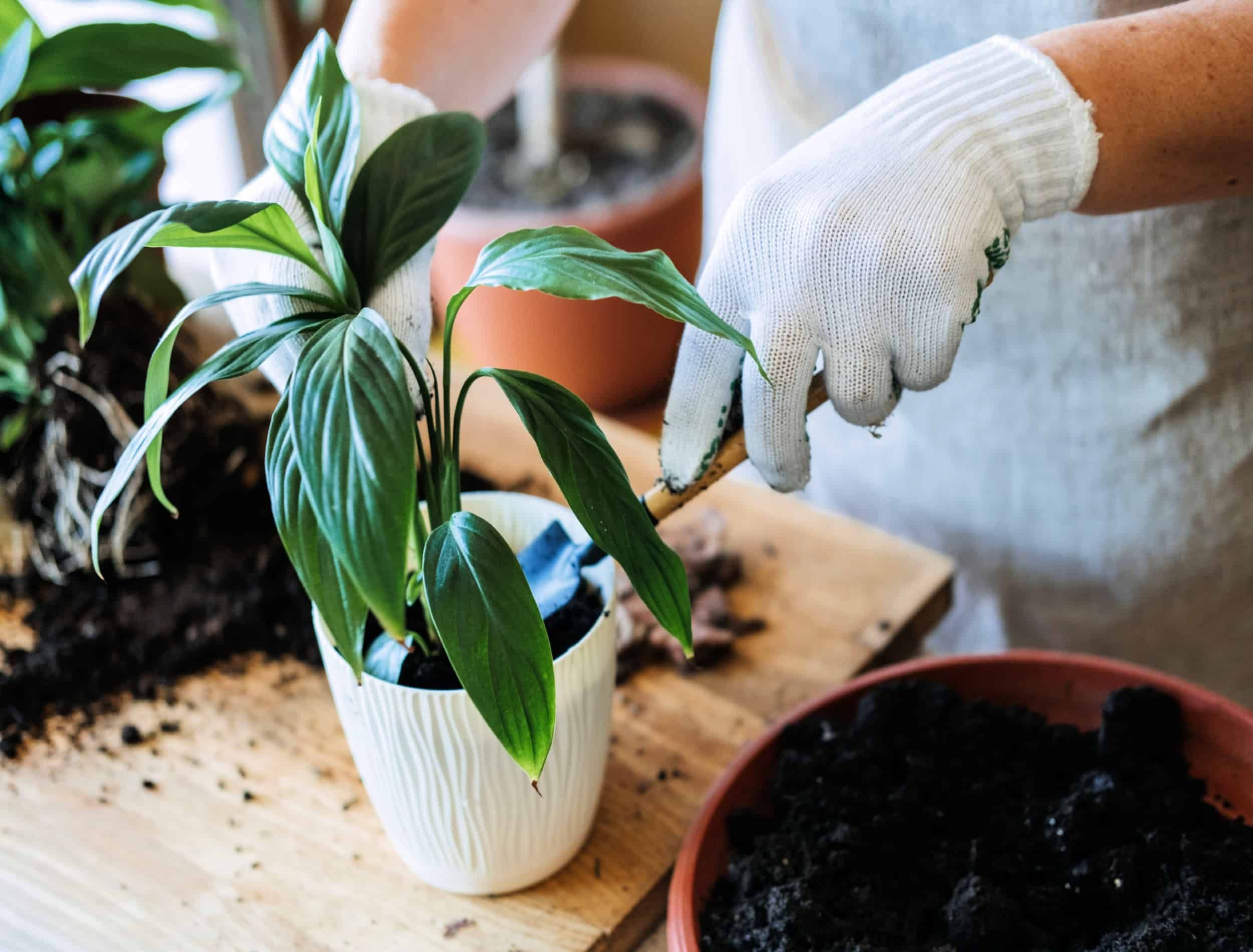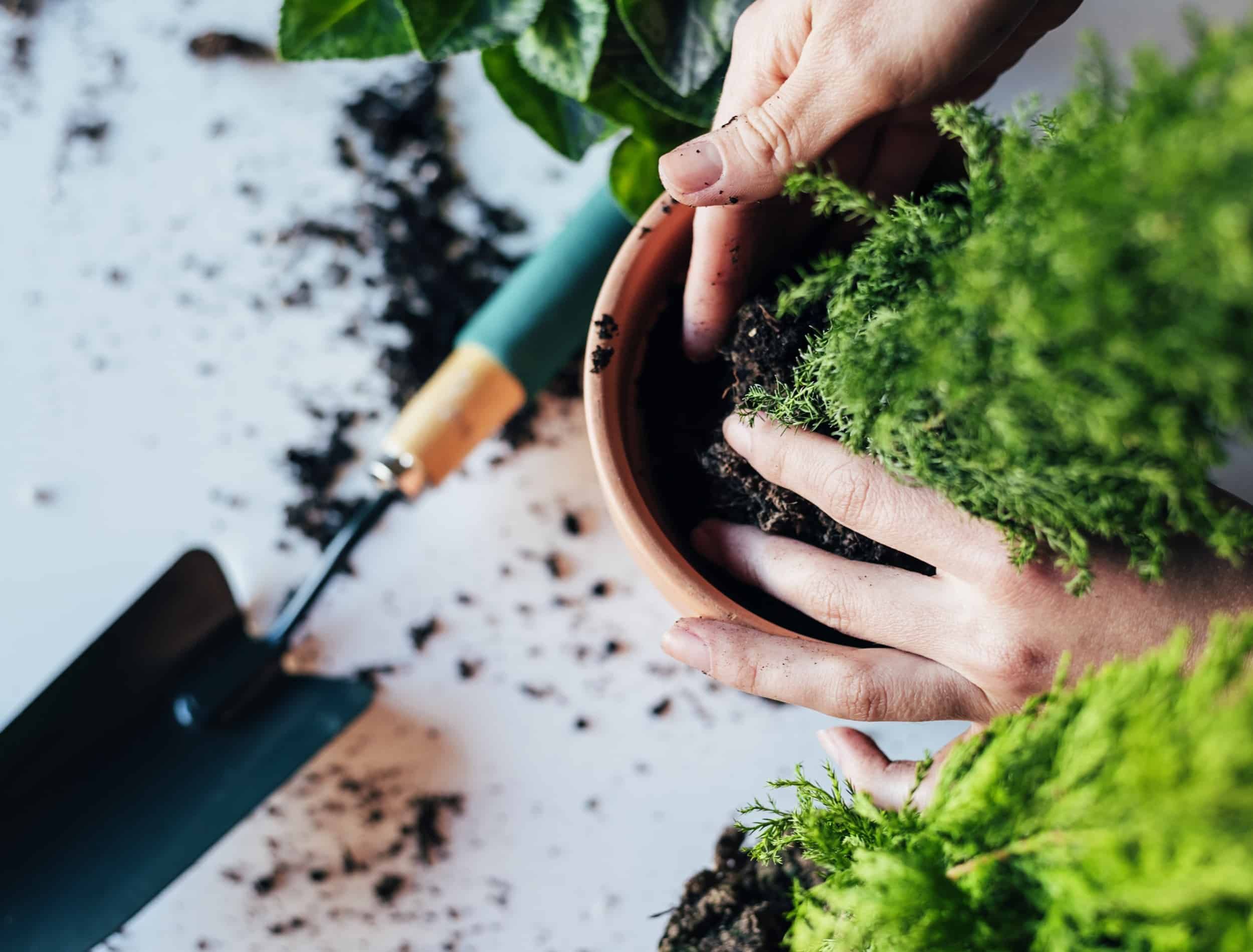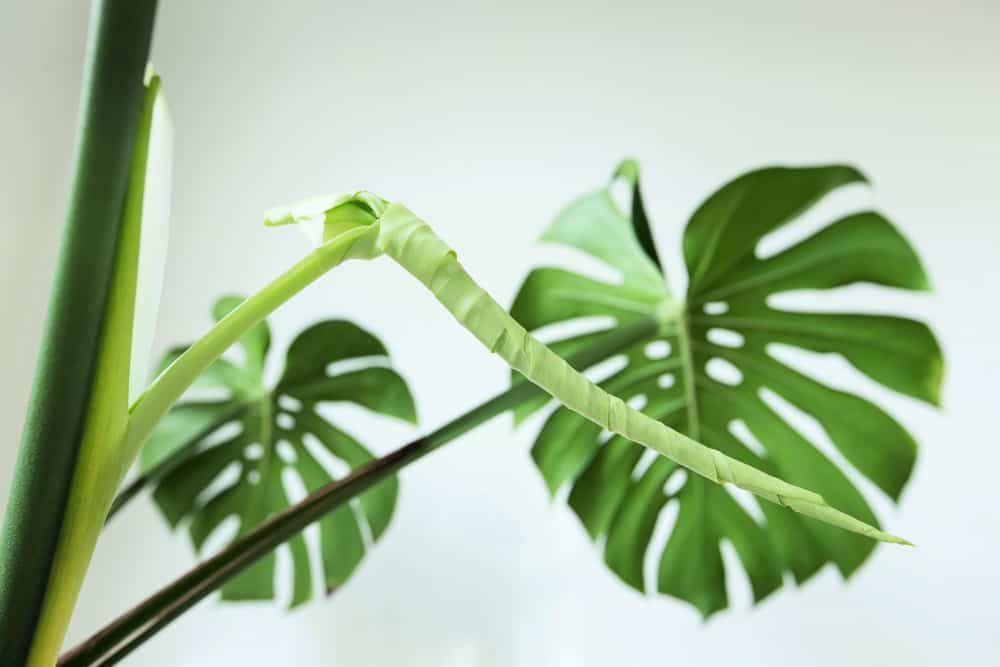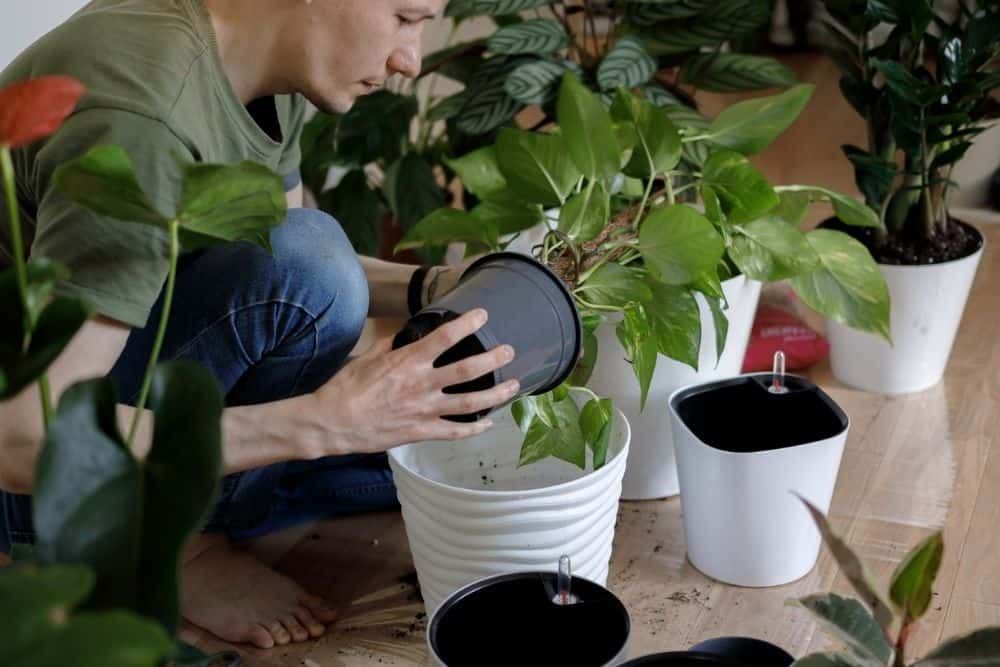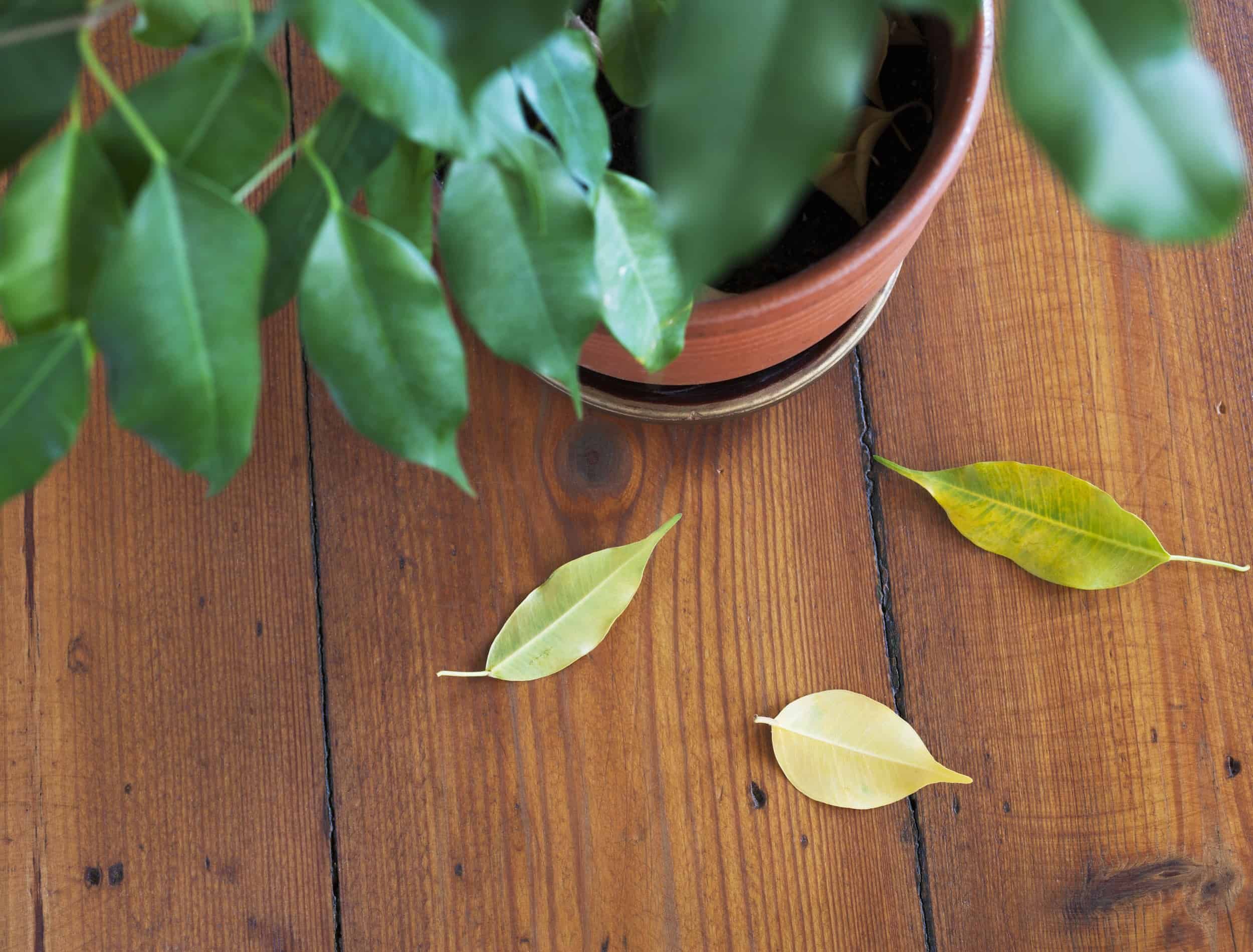There is something so refreshing and joyful about a house filled with plants, and it's important to make sure they are comfortable and happy in their own homes, too. But did you know that your plants may sometimes require a new pot entirely?
Sometimes a plant will show signs that it has outgrown its home, and to improve its health, it needs to be repotted. Take a look at these five signs that your houseplant needs repotting, and give your plant babies the space they need!
1. Plant Growth Comes to a Halt
Image credit: santypan via Shutterstock
When you water your plants regularly, you become familiar with their new growth as well as when they are struggling. If one day you go to water your plant and realize it has been too long since you have seen any new growth -- this could be because of the pot.
The issue is that your plant has too many roots and have become crowded in their original pot. This lack of space means that your plant is unable to get enough nutrients from the little soil to which it has access. An easy fix for this is to simply remove your plant from its previous home and ease it into a different, larger pot that is filled with nutrient-rich soil so it can once again thrive.
2. Your Plant has Babies
Image credits: pornpawit via Shutterstock
Congratulations! You just became a plant grandparent! When new plant babies arrive from your existing ones, it means your houseplant is doing what it is supposed to! It also means that your plant will soon start to run out of space. This is your opportunity to repot, support new growth, and even add a new plant to another part of your house.
Gently ease your plant and its new baby (or babies) out of the pot. Using a knife or gardening shears, separate the new plant from the parent plant (this process is called propagation). Ensure that both plants have a healthy root system attached. Then all you need to do is find a new pot for your cutting and add some more soil into your old plant’s pot. Time to celebrate, because you just gained a new houseplant!
3. Leaves are Yellowing
Image credit: Ashley-Belle Burns via Shutterstock
If the leaves on your plant turn yellow, there are a few possible reasons for this. The first and most likely cause is that you have either overwatered or underwatered your houseplant. This is an easy fix! Stick your finger into the dirt or use a moisture meter to determine how wet the soil is. Solve the problem by being more liberal or conservative with your watering.
However, the soil itself may be the issue. If the soil in your pot is lacking in nutrients or is too dense, this will result in the water not draining properly and staying too long near the root system. Repotting your plant will help! When you take your plant out of its original home, repot it into a new one with fresh potting soil. Soon you will see your plant bounce back to its normal, healthy self because it now has the space to pull nutrients from the soil.
4. Roots Have Outgrown the Pot
Image credits: vadim kaipov via Unsplash
Want to know if your plant has outgrown the pot? Give it a flip! Take a look at the bottom drainage holes or gently ease your plant out of the pot. Do you see roots coming through the bottom or encompassing all of the soil? In some cases, when the roots have outgrown their home, they appear by poking through the top layer of soil. If this has occurred, it is time for something bigger and better.
5. Leaves are Drooping
Image credit: Ingrid Maasik via Shutterstock
If you are wondering why your houseplant’s leaves are drooping, you need to ask yourself a few questions about its current environment. Has it been getting enough water? Too little? Is it receiving too much sunlight? Not enough? Would it be happier in a different part of the house?
If none of the answers to these questions solve your problem: Try repotting! Drooping leaves are another sign that the plant has outgrown its container and the roots are not getting enough nutrients to allow the leaves to thrive. A new space will have your houseplant perking up in no time!
The Ultimate Solution: Repot
Repotting is a great and effective way to boost your houseplant’s health. A new pot could be just the thing to improve the soil drainage (preventing root rot), allow more room for root growth (so your plant can expand), or even prevent disease!
If you are unsure whether your houseplants need a new home, take a look at their root systems to see if they are overcrowded. Also observe whether your plant’s growth has stopped, and if any leaves are drooping, or changing color. Lastly, if your plant sprouts a new baby, this is also a sign your houseplant requires repotting.
The living greenery in your home is not only a fun way to bring the outdoors inside, but houseplants also provide plenty of other benefits: less stress, more oxygen, improved moods, clean air, and more! To ensure that your houseplants are thriving, they must be cared for. Regular watering, trimming, and dusting go a long way.
Invest in your plant babies, and they will reward you with beauty and all the benefits that indoor greenery has to offer. Happy repotting!

